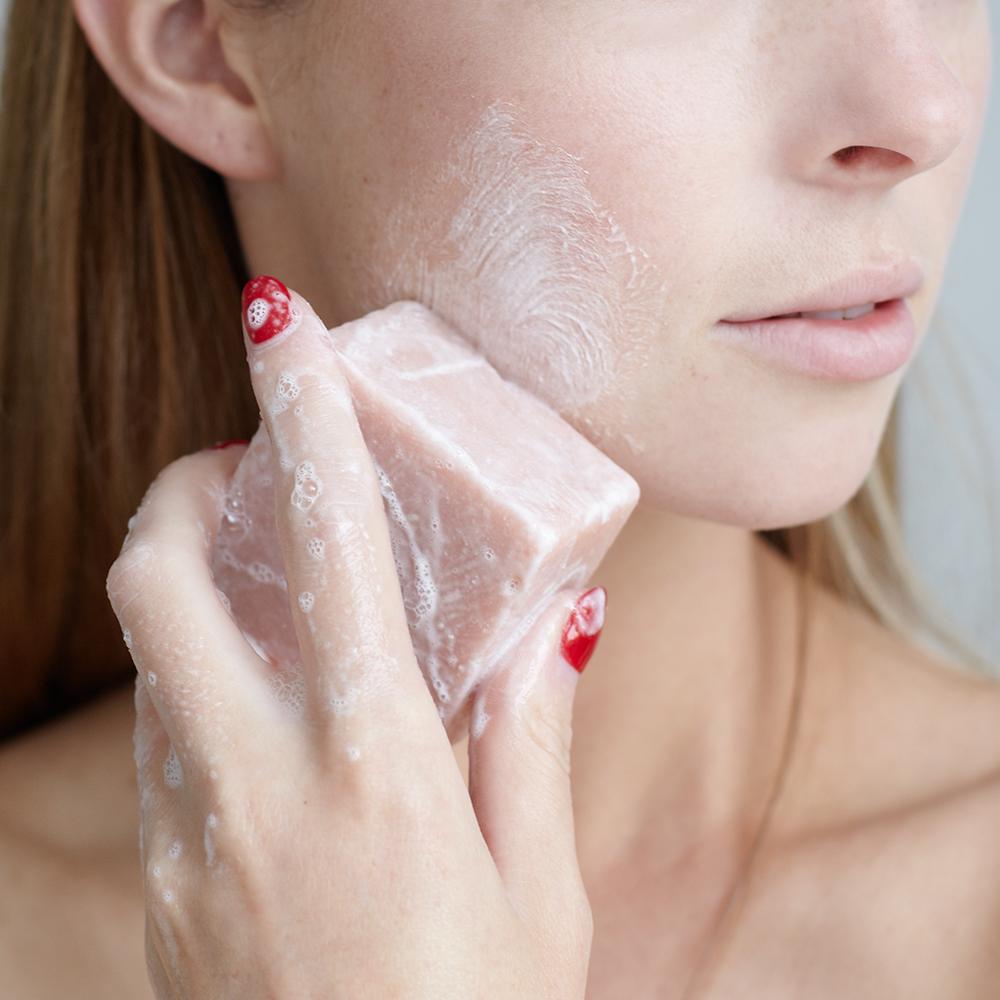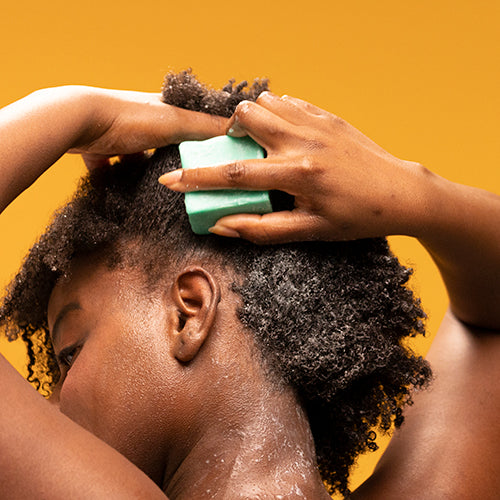Is your skin oily, dry, dehydrated, balanced or sensitive?
Skin type is typically genetic, but can be affected by seasons, hormones, and other external factors. Choosing the right cleanser, moisturiser and other skincare routine products for you comes down to what your skin needs – here’s a quick and easy guide to help you figure out what skin type you have.
Let's start with the basics; dry and dehydrated skin are two different things
What is dehydrated skin?
Dehydrated skin is skin condition and means your skin lacks moisture – not oil. The important thing to realise is that the only thing that actually moisturises or hydrates skin is water. Butters, oils, and waxes are used to ‘seal’ it in and prevent trans-epidermal water loss (TEWL). Many people out there think their skin is dry (doesn’t produce enough oil), when it is in fact dehydrated. Because of this, adding more oil based products is unhelpful.
How do you know if it’s dehydrated? Skin often feels dry, tight and itchy and it can look dull with a rough texture. To top it off, blemishes are often present too as people overcompensate with oil, which isn’t what is needed.
What should you do to help dehydrated skin?
Dehydrated skin needs water. So, check to ensure if you yourself are drinking enough water. Then, add some hydrating products into your routine. A good toning gel shouldn’t dry you out (avoid ones containing alcohol listed as ethanol, or alcohol denat), but should add in hydration before moisturising. Use hyaluronic acid serums but you must use them on damp skin and pop a moisturiser over the top. And the best ingredient (in our opinion) for dehydrated skin is glycerine. Another humectant like hyaluronic acid, but without the marketing factor, glycerine brings water to itself, so again, use products with lots of glycerine in them on damp skin.
How can you tell if you have dry skin?
Dry skin doesn’t produce enough sebum. As sebum maintains your acid mantle, your skin can also become itchy, sore and red, and over time, can become dehydrated too through trans-epidermal water loss (TEWL). The key is to ensure enough hydration (water) stays in the skin and that enough oil is added back to compensate.
Click here to find the perfect face cleanser or moisturiser for dry skin.
How can you tell if you have oily skin?
Oily skin produces more sebum than necessary. Skin looks shiny quite quickly after washing (in particular on the nose and forehead). Often hormonal as well as genetic, the added bonus with this skin type is fewer wrinkles!
The way to balance excess oil production is to ensure you are still hydrating (adding water to) your skin, so you don’t have dehydration problems. A gentle cleanser, followed by a water-based gel toner with humectants like glycerine (used on damp skin), followed by a moisturiser designed for oily skin (typically lower in oils) is our top recommendation. Don’t forget sunscreen!
If you’re on the oily end of the spectrum, your skin’s still susceptible to dehydration (lacks water).
How can you tell if you have oily and dehydrated skin?
If you also have that flaky, red and irritated feeling, your skin is probably also dehydrated. So adding more water based moisturisers (and possibly drinking more too) is really important. Don't go for harsh, drying cleansers, that will make your problems worse.
Click here to find the perfect face cleanser or moisturiser for oily skin.
A note about acne
Despite what main-stream acne brands will have you believe, oily skin isn’t always the reason you’re getting acne – it can also be your skin’s reaction to dehydration (so confusing). So, while for some people reducing oils will help a lot with acne, for others it can make it worse – for them it’s about keeping things clean while doubling down on the moisture.
What is ‘normal skin’?
The scientific term is eudermic which means your skin doesn’t need any special treatment. We’re switching out references from ‘normal to ‘balanced skin’.
What is combination skin?
Combination skin is very common and is a mix of oily and dry skin, on different sections of the face. Use our handy guide above to determine what you should do for different sections.
What is sensitive skin?
Sensitive skin isn’t a type but rather, a skin condition. You can have oily sensitive, dry sensitive and occasionally, ‘normal’ sensitive. Sensitive skin is often red, flaky, irritated and overreactive to skin ingredients (the one you are warned to watch out for is fragrance, but it’s certainly much wider than that).
Natural skincare tends to be worse for those with sensitive skin as they contain a high load of allergens, so please make sure to patch test before using products all over. Avoid huge changes in your routine and keep things simple, until you know what works for you.
We hope you found this helpful but as always, if you have any questions, send our team of Miracle Workers an email at hello@ethique.com.au or drop our team a DM on social @ethiqueworld.



